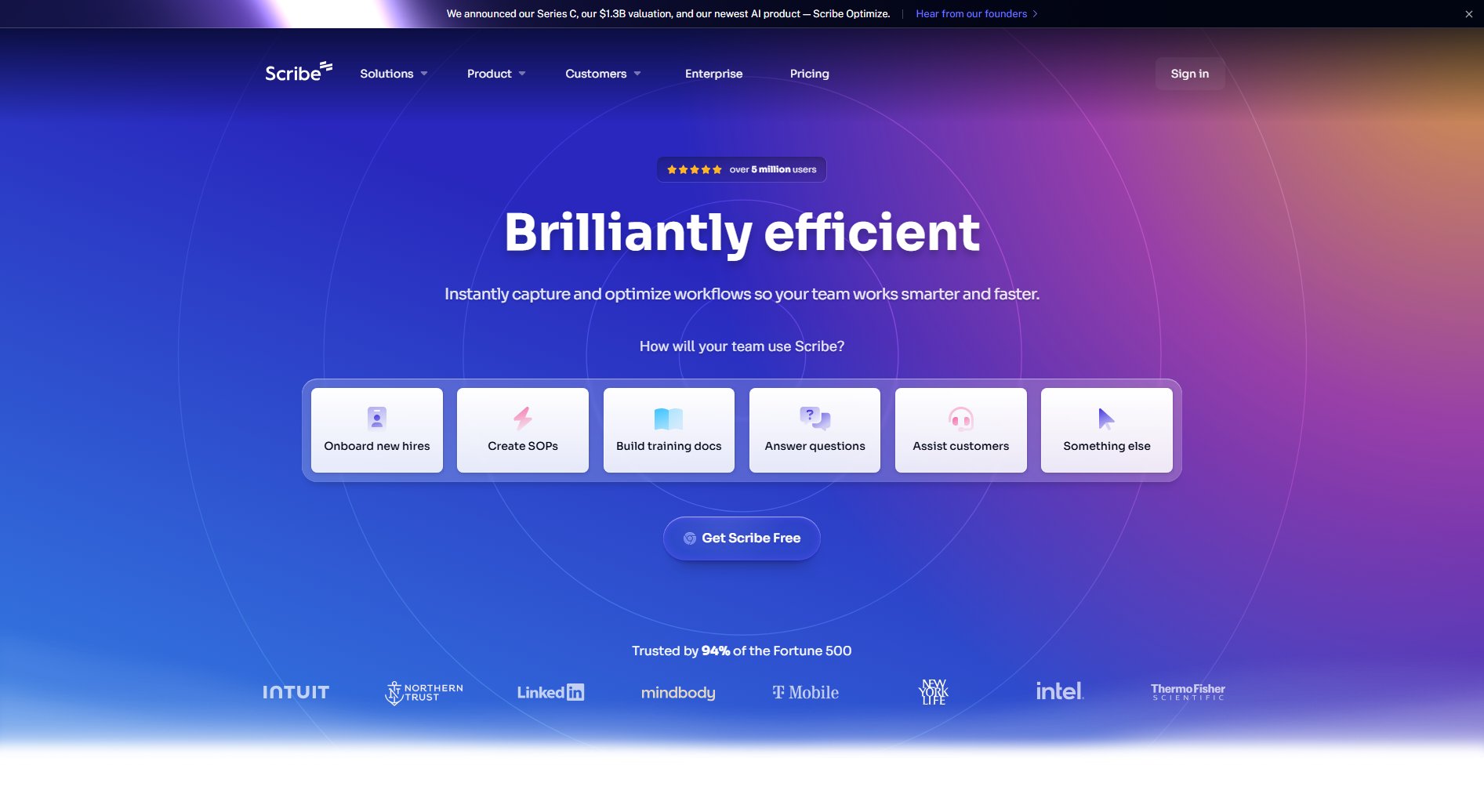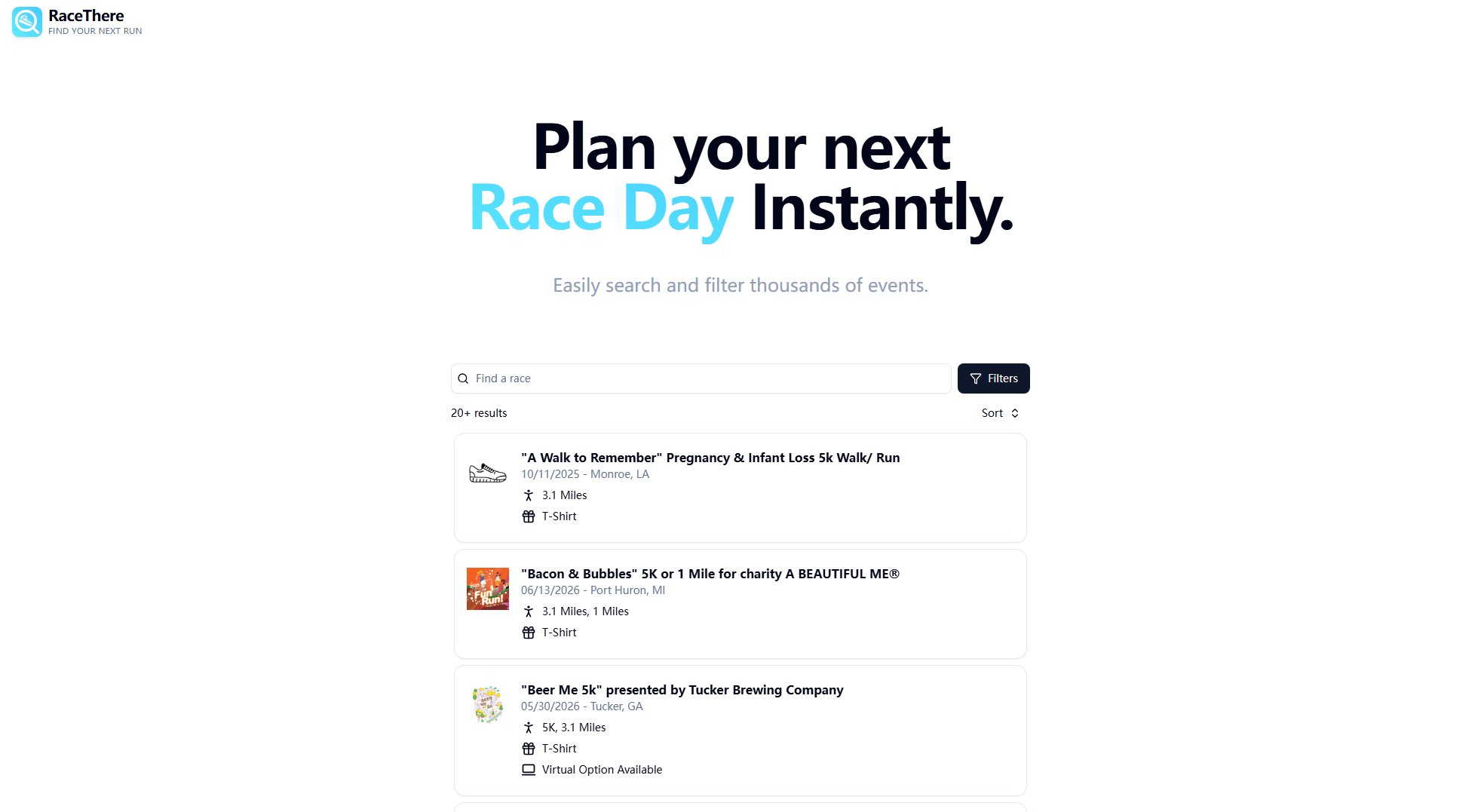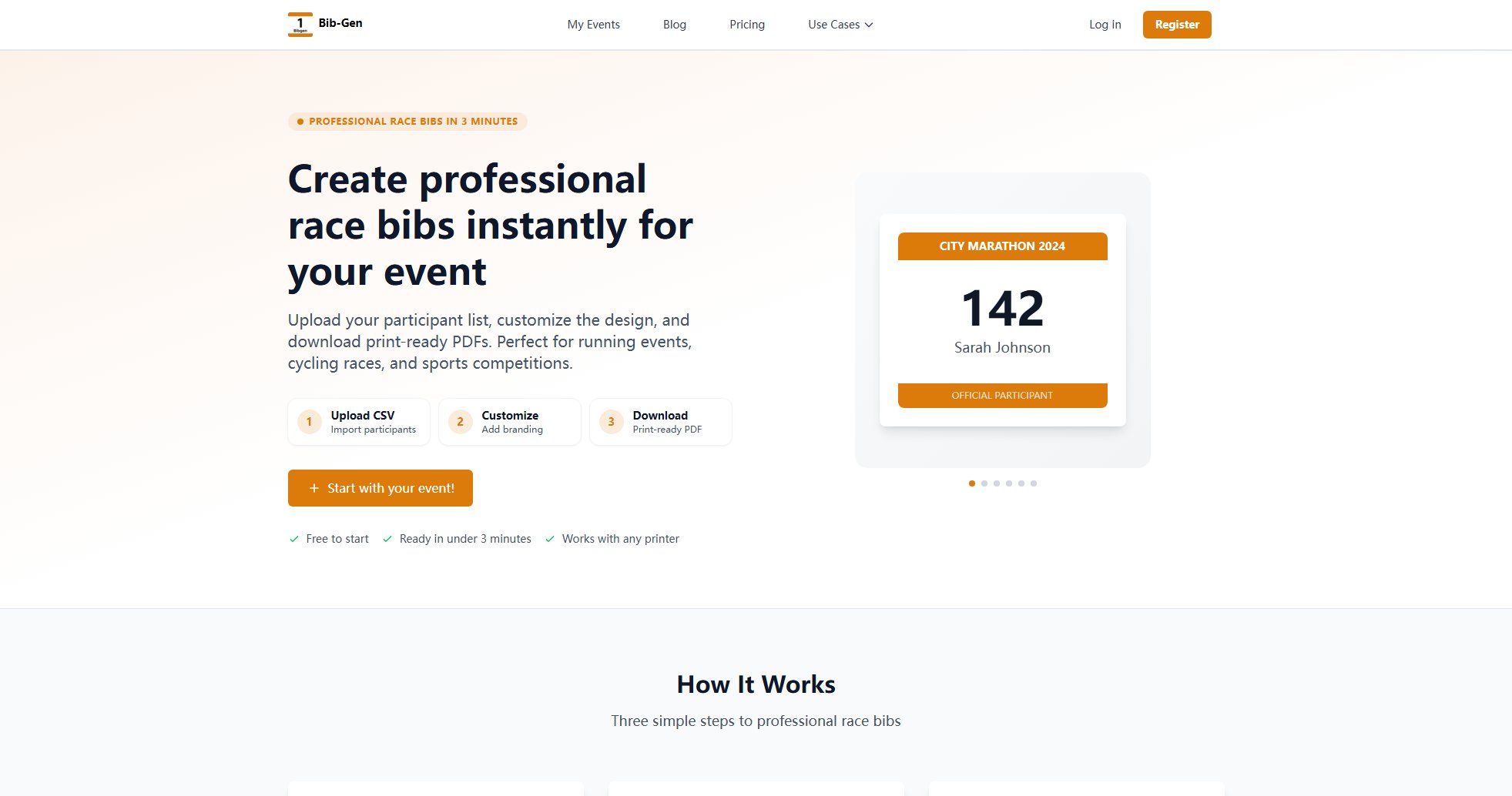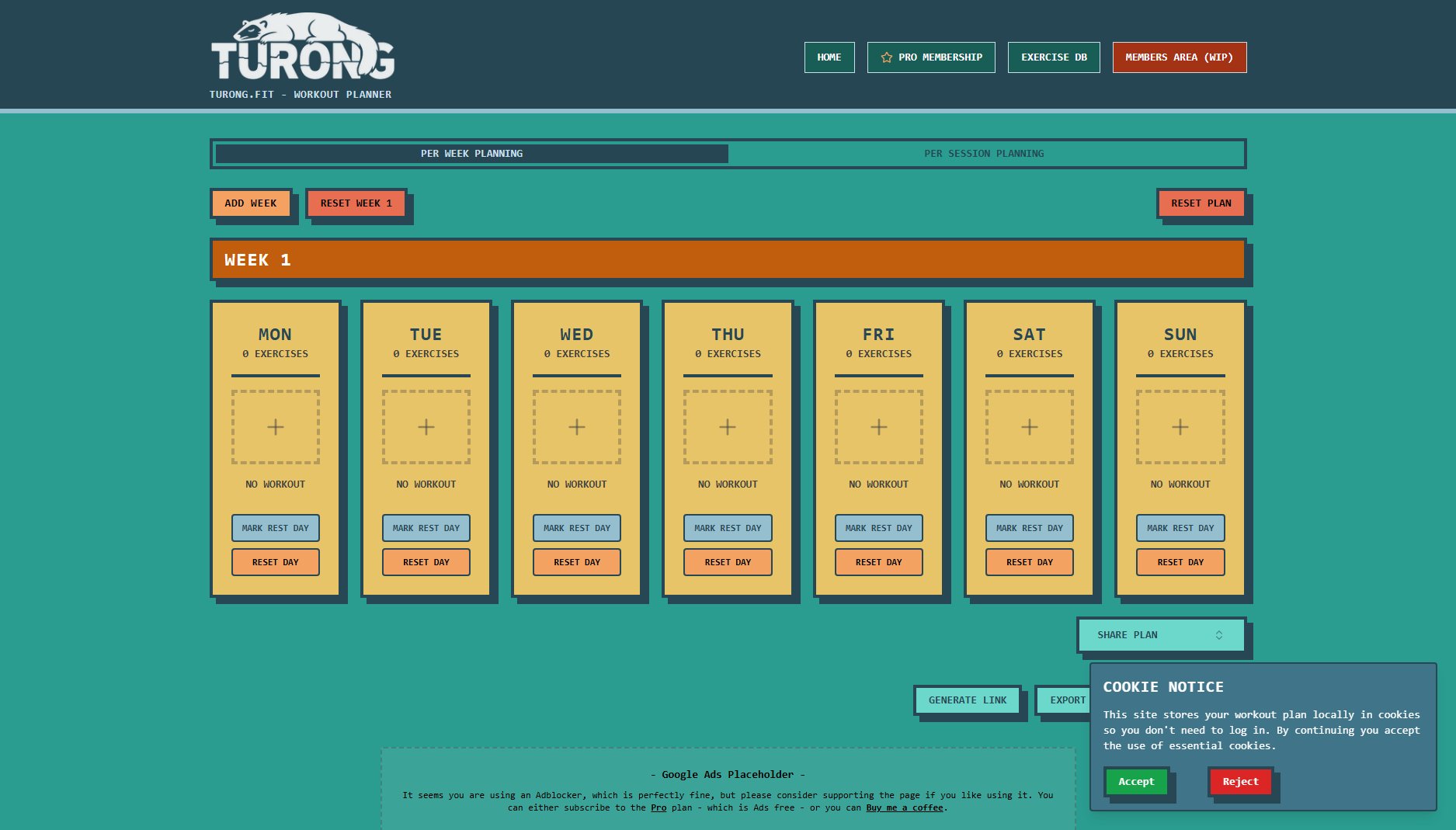Marathon Pace Chart
Plan your perfect marathon with accurate pacing strategies
What is Marathon Pace Chart? Complete Overview
The Marathon Pace Chart is an essential tool for runners aiming to optimize their marathon performance. It provides precise per-mile or per-kilometer pacing based on your target finish time, helping you implement the right strategy to achieve your goals. Whether you're aiming for a time between 2:00 and 7:00 hours, this tool calculates accurate split times for every segment of your race. The chart is designed for runners of all levels, from first-time marathoners to experienced athletes looking to qualify for prestigious races like Boston. By maintaining consistent pacing throughout your marathon, you can better manage your energy expenditure and avoid the common pitfall of starting too fast.
Marathon Pace Chart Interface & Screenshots
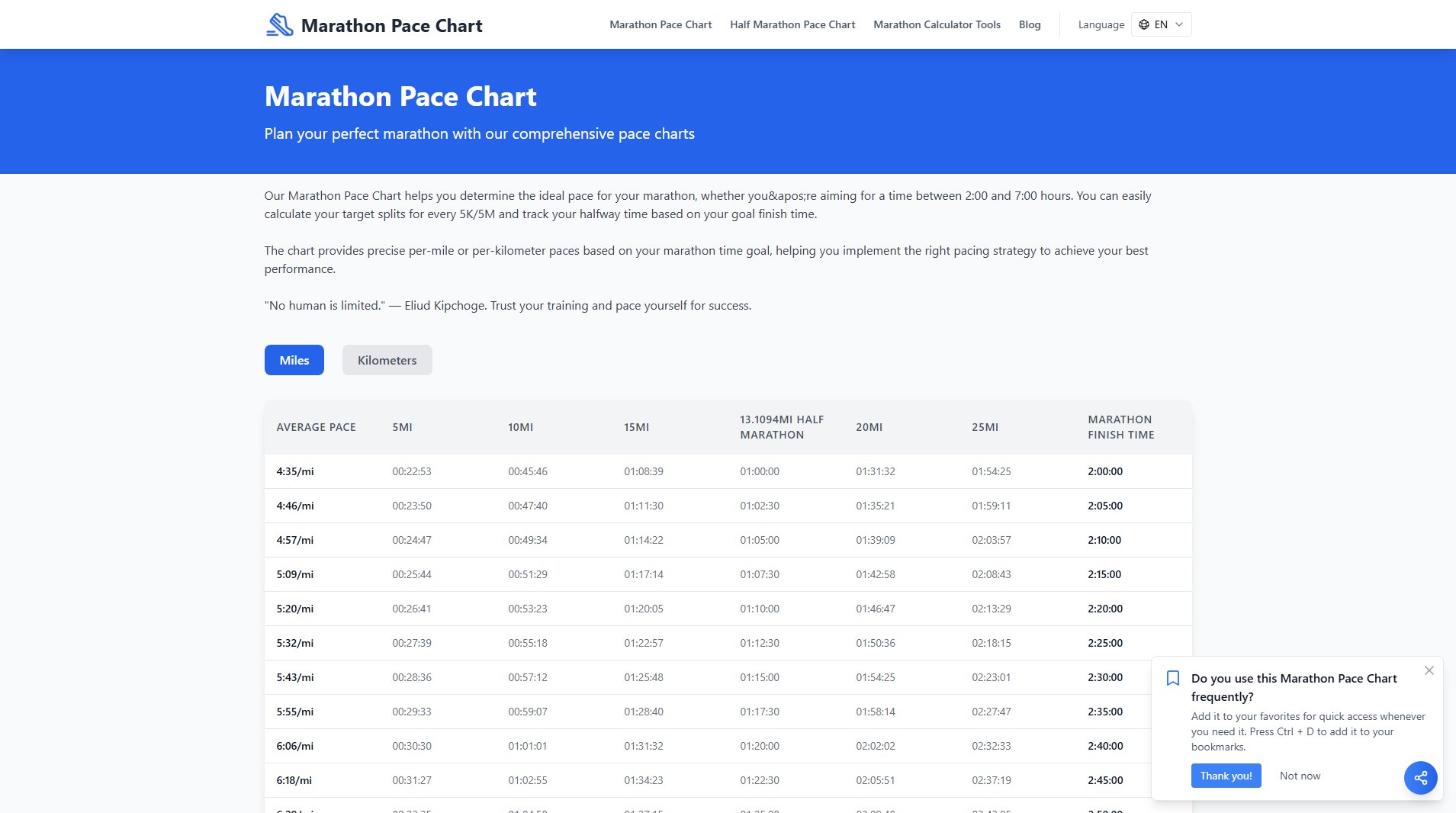
Marathon Pace Chart Official screenshot of the tool interface
What Can Marathon Pace Chart Do? Key Features
Accurate Split Times
Calculate precise split times for every mile or kilometer of your marathon journey. The chart provides detailed pacing for intervals from 5K to the full 26.2 miles, helping you stay on track throughout your race.
Goal-Based Planning
Set your target finish time and get detailed pace strategies to achieve your goal. The tool accommodates finish times from 2:00 to 7:00 hours, with pacing calculated down to the second for optimal accuracy.
Dual Measurement System
Switch between miles and kilometers to view your pacing in the measurement system you're most comfortable with. This flexibility makes the tool useful for runners worldwide.
Halfway Point Tracking
Monitor your halfway (13.1 mile) time to ensure you're on pace for your target finish. This critical checkpoint helps you make adjustments before it's too late in the race.
Comprehensive Time Range
The chart covers an extensive range of finish times from elite runners (2:00 hours) to those completing the marathon in 7:00 hours, making it inclusive for all ability levels.
Best Marathon Pace Chart Use Cases & Applications
First-Time Marathoner
A runner completing their first marathon can use the pace chart to avoid starting too fast and maintain energy throughout the entire 26.2 miles, increasing their chances of successful completion.
Boston Qualifier Attempt
Runners aiming to qualify for the Boston Marathon can use the precise pacing to ensure they meet the strict time requirements for their age group.
PR (Personal Record) Attempt
Athletes looking to beat their previous marathon time can use the chart to develop a slightly faster but sustainable pace strategy for their next race.
Training Runs
The pace chart can be used during long training runs to practice race-day pacing and build endurance at target marathon pace.
How to Use Marathon Pace Chart: Step-by-Step Guide
Determine your target marathon finish time based on your training and previous race performances.
Select whether you want to view pacing in miles or kilometers using the toggle option.
Locate your target finish time in the chart to see your required average pace per mile/kilometer.
Review the split times provided for key race segments (5K, 10K, half marathon, etc.) to understand your pacing strategy.
Use these pacing targets during your race to maintain consistent effort and achieve your goal time.
Marathon Pace Chart Pros and Cons: Honest Review
Pros
Considerations
Is Marathon Pace Chart Worth It? FAQ & Reviews
A full marathon is 26.2 miles (42.195 kilometers). This is the official distance recognized worldwide for long-distance running events.
Select your target finish time and view the corresponding pace per mile or kilometer. Use these splits during your race to maintain consistent pacing.
Yes! The chart is excellent for practicing your race pace during long training runs to build endurance and pacing familiarity.
While the chart provides ideal pacing, adjust based on race conditions like weather, terrain, and how you feel. The chart is a guideline, not a rigid rule.
Start slightly slower than goal pace, maintain steady splits through the middle miles, and adjust based on energy levels in later stages.
